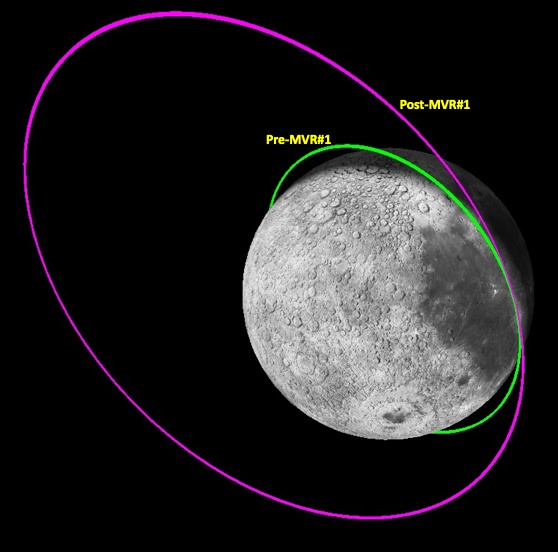
In a groundbreaking achievement, the Indian Space Research Organisation (ISRO) has skillfully brought back the Chandrayaan-3 Propulsion Module (PM) from its lunar mission to Earth’s orbit. This innovative maneuver, termed a “unique experiment” by ISRO, involved transitioning the PM from its original lunar orbit to a stable orbit around Earth. Currently, the PM gracefully completes its orbit every nearly 13 days, maintaining a 27-degree inclination.
The primary objectives of the PM’s mission were threefold. Firstly, it aimed for a soft landing in the lunar south polar region, contributing to lunar exploration. Secondly, the PM embarked on a spectroscopic study of Earth’s atmosphere, delving into its composition and characteristics. Additionally, it set out to measure variations in polarization stemming from Earth’s clouds, providing valuable insights into atmospheric phenomena.
Beyond Earth-centric studies, the PM’s mission held a broader scope by aiming to acquire signatures of exoplanets potentially suitable for human habitation. This ambitious goal aligns with the broader quest for understanding habitable environments beyond our own planet. ISRO’s successful execution of this intricate mission marks a significant stride in space exploration and reaffirms India’s prowess in the realm of space science.
In summary, ISRO’s Chandrayaan-3 Propulsion Module has returned triumphantly to Earth’s orbit, showcasing its versatility and adaptability. The mission’s multifaceted objectives, ranging from lunar exploration to Earth’s atmospheric studies and the search for habitable exoplanets, highlight the agency’s commitment to advancing our understanding of the cosmos. This achievement positions ISRO as a key player in the global space exploration landscape.
Bringing you the latest updates on finance, economies, stocks, bonds, and more. Stay informed with timely insights.












Be First to Comment